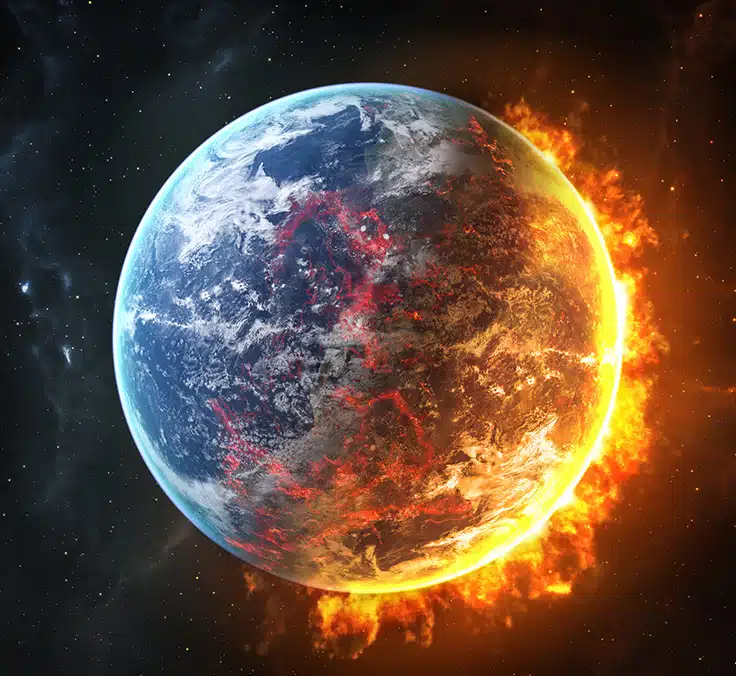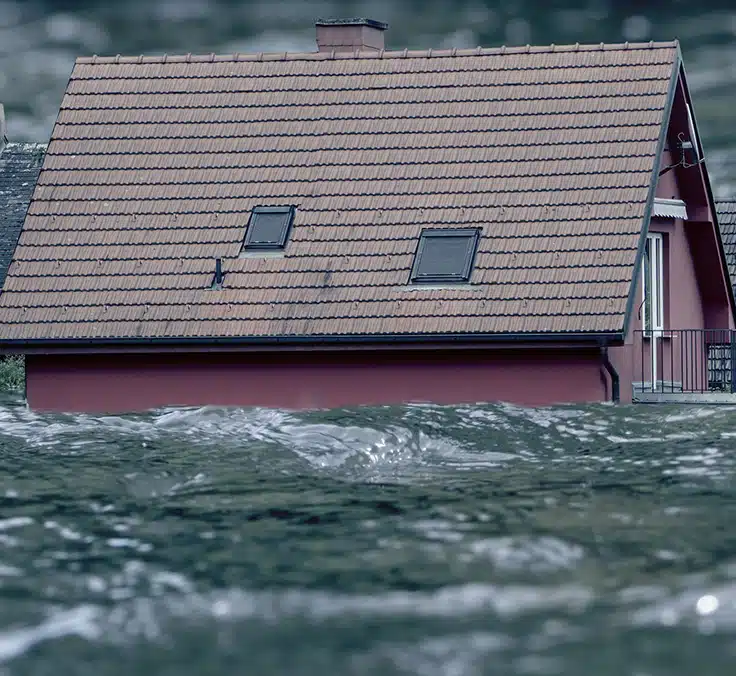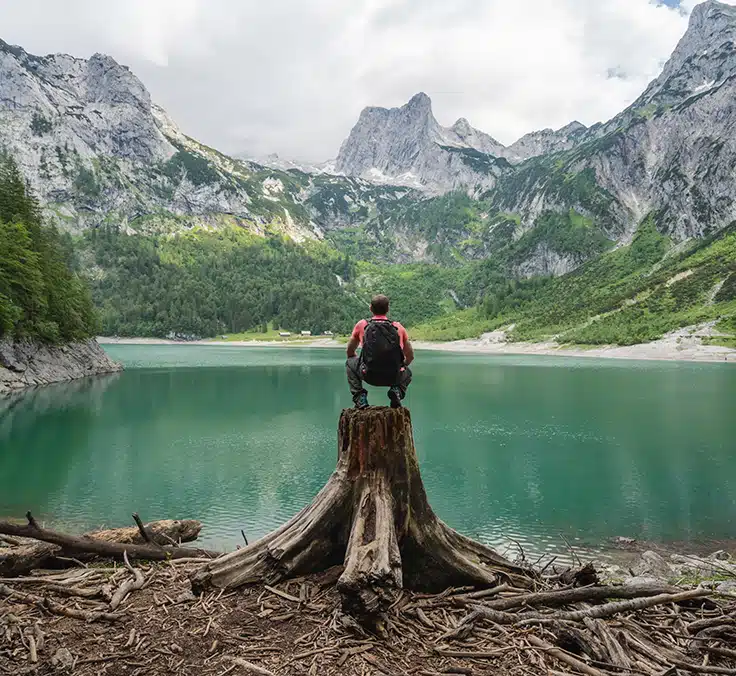SUSTAINABILITY| 07.29.2025
These are the reasons why “megafires” are so dangerous
Fueled by climate change and rural abandonment, sixth-generation wildfires become uncontrollable firestorms—a symptom of a climate crisis that demands urgent prevention and a profound transformation of the landscape.
Extreme temperatures, intense winds, persistent drought, and climate change. These are the essential ingredients of the so-called “megafires” or sixth-generation fires in certain parts of countries like Spain, Greece, Chile, and Portugal. In fact, it was in these last two cases where they emerged for the first time, in 2017. Since then, their presence has increased dangerously. Worse still, experts warn that they could become even more frequent. Lourdes Hernández, expert in forest fires at WWF España, explains: “Sixth-generation fires are already a global reality and the new paradigm of extreme fires to which all projections point. They are the clear symptom of an ecological crisis, territorial crisis, and climate crisis, and their future evolution is one of the greatest uncertainties in forest risk management.”
What is a sixth-generation wildfire really? As indicated by the WWF spokesperson, “they are characterized by behavior so violent, unpredictable, and destructive that they are absolutely impossible to extinguish, no matter how many ground or aerial resources are deployed in firefighting efforts.” The reason is that “they release such immense amounts of energy that they can alter weather conditions, trigger convective processes, and generate pyrocumulus clouds.” This word, commonly used when discussing megafires but still absent from the Dictionary of the Royal Spanish Academy, refers to the formation of clouds composed of gases and water vapor, which can be extremely harmful. “If the pyrocumulus cloud collapses, the spread becomes explosive—true firestorms that lead to extremely dangerous situations. These fires have the potential to burn thousands of hectares in just a few hours,” warns the expert from the WWF.
“Sixth-generation wildfires are a clear symptom of an ecological, territorial, and climate crisis, and their future evolution represents one of the greatest uncertainties in forest risk management.”
It’s easy to grasp the seriousness of Hernández’s statement when considering that wildland firefighters say their suppression capacity maxes out at an intensity of 10,000 kilowatts of energy per square meter; beyond that threshold, there’s nothing they can do. The wildfire in Pedrógrão Grande in Portugal, one of the first sixth-generation fires reported, was 140,000 kilowatts/m2.
Linked to climate change
Indeed, the extreme danger of these fires is largely due to climate change. Heat waves are becoming increasingly prolonged, droughts more persistent, while forests, dry and stressed, see their vegetation into very flammable fuel. In other words, “the climate crisis acts as an aggravating factor in the profound transformation of the landscape that has occurred since the second half of the last century, as a result of rural exodus and the abandonment of traditional land uses and practices. In just a few years, we have become a society in which the primary sector plays only a marginal role,” highlights Hernández. He adds: “We have all the ingredients for a fire to burn intensely and destructively when it breaks out.”
Lourdes Hernández: “They are characterized by behavior so violent, unpredictable, and destructive that they are absolutely impossible to extinguish no matter how many ground or aerial resources are deployed in firefighting efforts.”
Although the expert clarifies that not all major wildfires we experience are sixth-generation, she warns that their evolution will largely depend on human intervention—specifically, “how we collectively approach land use, rural planning, and climate change. What is not in doubt is that without structural preventive measures, these fires will become increasingly frequent, intense, and uncontrollable,” she adds. In this sense, we all are implicated, because, as WWF insists, "the solution is within our reach." Lourdes Hernández goes further: “Wildfires will continue to occur; they are a common occurrence in the Iberian Peninsula and throughout the Mediterranean. What we can collectively prevent is allowing them to cause such immense damage to habitats and people.”
Achieving it involves following an effective strategy “that consists of adapting the landscape, managing it to make it less flammable. By designing living, profitable agroforestry mosaic landscapes where, if a spark ignites, the flames cannot easily spread. These would be landscapes with grazing pastures for extensive livestock use, small crops, managed and utilized forest stands, and patches of native forests connected to one another,” says the expert. In order for this landscape to become a reality, the role of administrations is to focus on generating the right conditions so that living in rural areas is a dignified and viable option. “Investing in rural development, promoting sustainable use, compensating the provision of environmental services by approving tax benefits based on the principle ‘he who conserves, receives,’ and ensuring these benefits support the ecological and extensive primary sector,” Hernández concludes.
And what can companies and individuals do?
What we’ve seen recently in the Lleida wildfire (Spain) last July, which claimed two lives, and the one in the Brazilian state of Roraima (Amazon) earlier this year, clearly shows that this is a social problem. However, each of us can help mitigate this problem, since 95% of wildfires are caused by human actions. To do this, “it is essential to avoid making fires in the mountains, leaving trash, throwing cigarette butts, or any other action that could spark a fire. Moreover, we must aspire to be a more conscious and responsible society that promotes the consumption of local products to sustain a more fire-resistant landscape while generating decent employment and ensuring the quality of life in rural areas,” concludes Lourdes Hernández.
Companies, for their part, also have to assume the responsibility of trying to improve the situation. MAPFRE, for example, maintains a firm commitment to climate change, with the goal of achieving climate neutrality in its direct operations by 2030 and net zero emissions globally by 2050. To achieve this, it has reduced its carbon footprint, electrified its fleet, invested in renewable energy, and offset 80% of its emissions in 2024 through projects like Envira Amazonia, which prevents deforestation in Brazil. Additionally, it has eliminated investments in companies highly dependent on thermal coal and applies ESG criteria in its financial decisions, thereby strengthening its role as a key player in the transition to a low-carbon economy.
RELATED ARTICLES:




